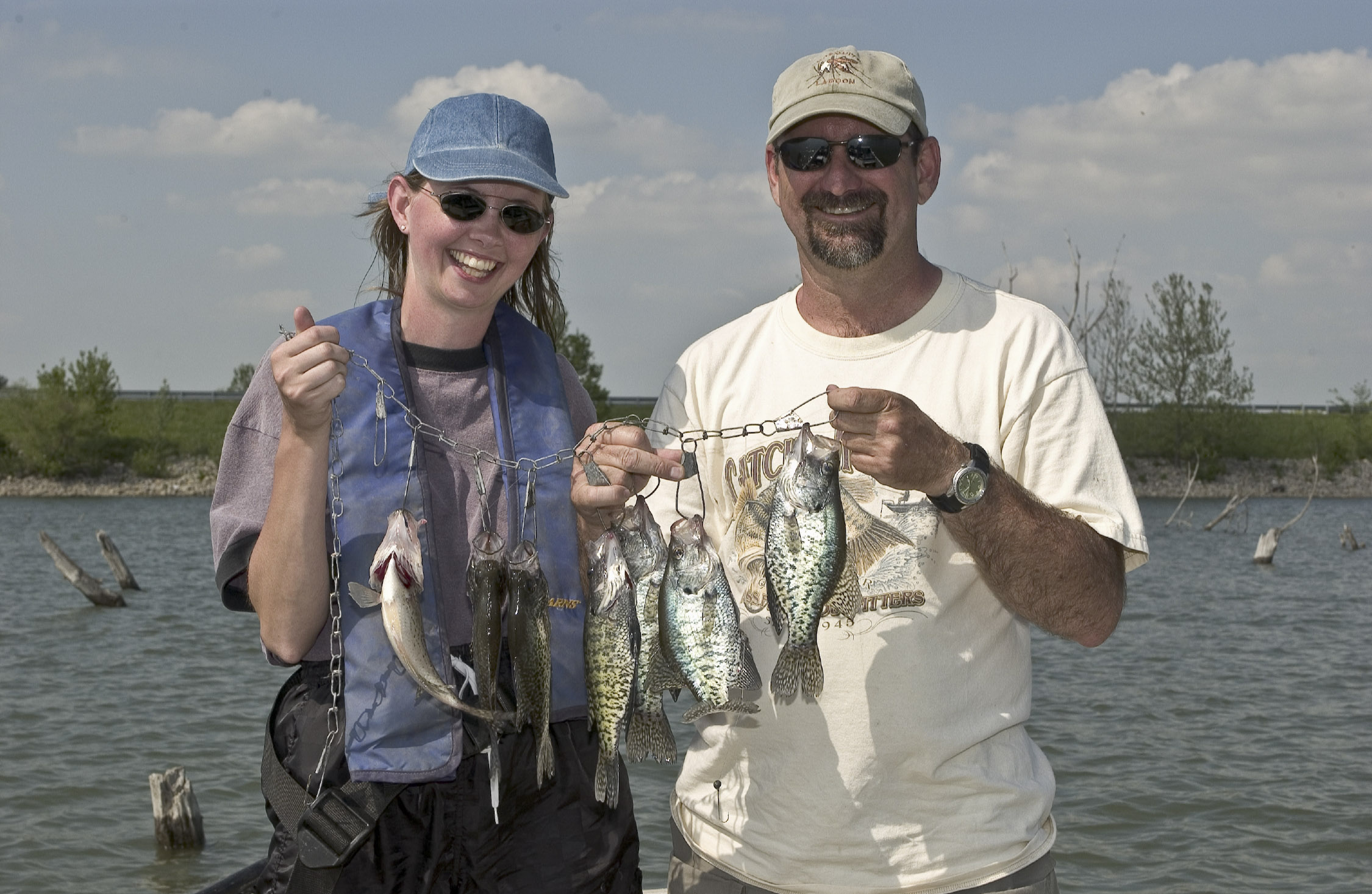
The spring season brings three things that make northwest Missouri extra special to outdoor enthusiasts _ crappie, wild turkeys, and morel mushrooms. All three provide outdoor adventure on the water or in the woods. They also provide fine dining.
Crappie are a favored fish to catch in the spring, in part because it is one of the easiest times of the year to catch them. Crappie move into shallow water to spawn in April. Exactly when is dependent on weather and water temperatures. But it is generally a time when they can be caught fishing from shore or a boat. Minnows and jigs are preferred baits.
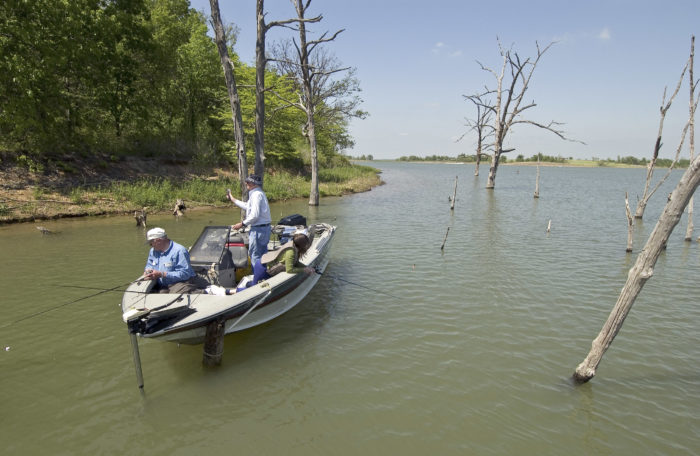
Smithville Lake southeast of St. Joseph in Clinton and Clay counties is a crappie fishing hotspot. The lake has a special crappie limit due to an overabundance of black crappie. Anglers can keep 30 crappie, but no more than 15 crappie can be over nine inches long. White crappie tend to grow larger than black crappie. The limit protects the white crappie from over-harvest but gives anglers a chance to catch plenty of black crappie. The lake also has good populations of largemouth bass, bluegill, and channel catfish.
Mozingo Lake north of St. Joseph in Nodaway County is another prime spring fishing destination. The lake offers good crappie, bass, and walleye fishing. The park around the lake includes boat ramps, camping areas, and picnic areas. Visitors will find hiking trails. The city of Maryville owns the lake and the park.
Several Missouri Department of Conservation (MDC) lakes offer good crappie fishing in the spring. Bilby Ranch Lake in Nodaway County, Happy Holler Lake in Andrew County, Lake Paho in Mercer County, and Pony Express Lake in DeKalb County are some of the more productive lakes on conservation areas.
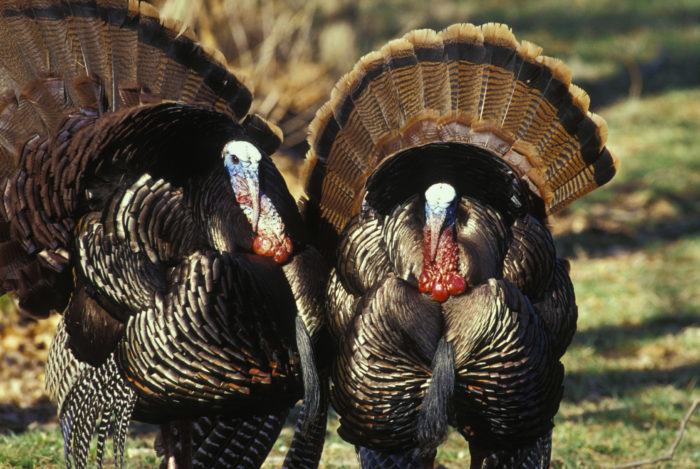
Missouri’s spring turkey season, from April 10 to May 20, gives hunters a chance to harvest two gobblers. Northwest Missouri offers good turkey hunting where large expanses of forest, woodland, and grassland are present. Hunters should always obtain permission from landowners or managers before hunting on any private property. Several MDC conservation areas across northwest Missouri are open to turkey hunting. Hunters should check area regulations and boundary maps thoroughly before a hunt. Steel shot may be required on some areas. Safety is important, as MDC conservation areas have good habitat and are popular with hunters.
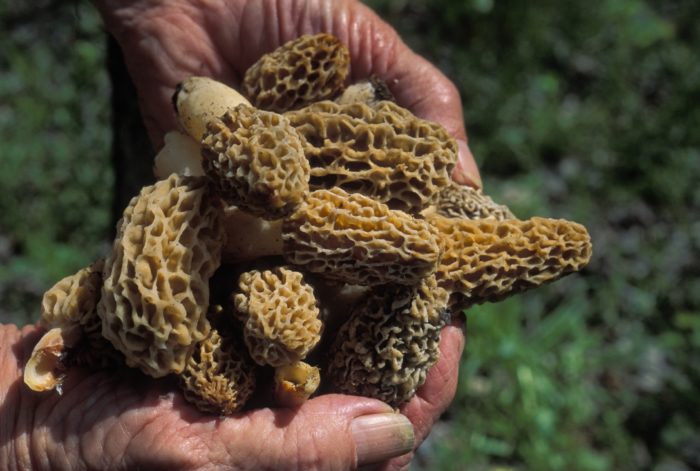
Morel mushrooms are likely the most broadly popular quarry of all in springtime. The woodlands and forests of northwest Missouri often abound in the tasty fungi, if you are sharp-eyed and lucky enough to find a hotspot. Many morel hunters like to tromp along wooded creeks and rivers. But many a morel is found on wooded hillsides, too. Some hunters look extra hard around dead elm trees.
Many MDC conservation areas offer good places to look for morels. Be aware that on some mornings turkey hunters will be in the woods during the spring firearms season. Turkey hunting ends at 1 p.m., so morel hunters may want to visit conservation areas after that time.
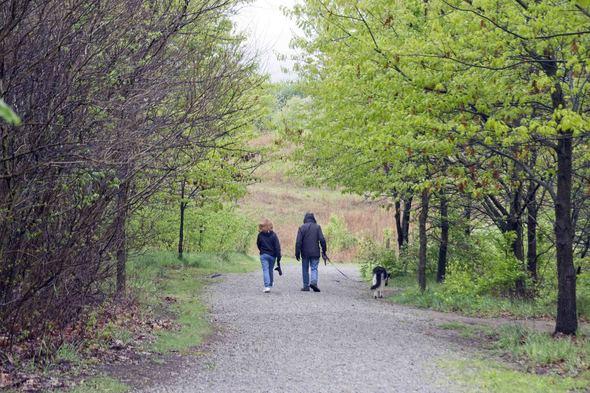
Visitors to St. Joseph looking for an easy-to-reach connection with nature in St. Joseph can visit the Mark Youngdahl Urban Conservation Area. It’s located in the heart of the city at the intersection of Messanie Street and South 36th Street. Visitors will find two miles of trails leading through restored grasslands and woodlands, restrooms and a picnic shelter. The 85-acre area offers wildlife and wildflower viewing.
Information about fishing, turkey hunting, or the pursuit of morels in northwest Missouri is available to digital devices by using the MO Outdoors app, visit https://short.mdc.mo.gov/ZeD. Missouri is a great place to hunt, fish, and hike. Visitors can also find conservation area maps, hunting and fishing regulations, and information about the state’s abundant fish and wildlife resources by visiting http://mdc.mo.gov.
Photos courtesy of Missouri Department of Conservation.
Categorized in: Posts
